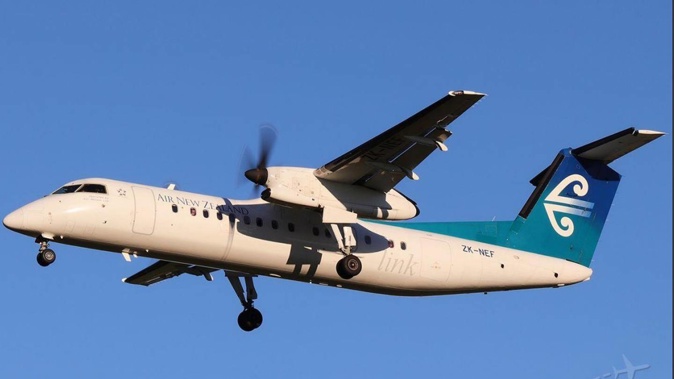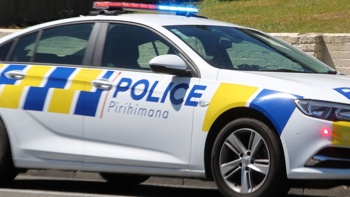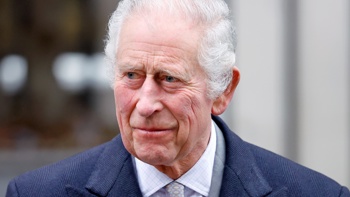
A mid-air mix up meant two passenger planes had to take evasive action to avoid crashing above the runway at Wellington Airport, a report has revealed.
The incident on March 12, 2019 happened after the flight crew on one of the planes incorrectly identified another plane, which led to them putting themselves on a collision course with a third plane.
While air traffic controllers were unable to get hold of the flight crews to warn them of the problem, a report from the Transport Accident Investigation Commission (TAIC) found there were sufficient safety measures in place to prevent a crash.
The incident involved three planes on scheduled passenger flights, which were sequenced to land on runway 34 at Wellington Airport that evening, the report said.
The first plane in the sequence, an Airbus A320, was approaching from the southwest, while the other two, both Bombardier DHC-8-311s, or Dash-8s, were joining from the northeast.
When the first Dash-8 was parallel with the runway the flight crew requested approval for a visual approach, the report said.
A visual approach means the flight crew maintains their own visual separation from the aircraft in front, rather than having the controller provide the separation.
This approach can reduce controller and flight crew workload, as well as time and costs with a shorter flight path over the ground.
/cloudfront-ap-southeast-2.images.arcpublishing.com/nzme/U5ZP64XVEEFR3HZE3APR2K37RM.jpg)
The incident occurred when LINK285 incorrectly identified LINK235 as being JST290. Image / Supplied
The visual approach was approved and the plane continued downwind to position behind the A320.
The second Dash-8, following about two minutes behind the first, also requested a visual approach, but wrongly identified the A320 as the other Dash-8, and turned to position behind it.
"This put it into a conflicting flight path with the first Dash-8," the report said.
As the two Dash-8s approached each other, an alert warning notified the air traffic controllers of the impending collision.
"The approach controller tried to resolve the conflict but could not contact the second Dash-8. They then contacted the Wellington tower controller. The Wellington tower controller broadcast a message to resolve the conflict."
As the tower controller broadcast the message, the respective flight crews saw each other and both took evasive action.
Seconds later, they both received automatically generated, traffic-collision-avoidance alert messages from their onboard systems.
Air traffic radar records showed that the two planes came within 1.5km of each other horizontally and 145m vertically.
"The two aircraft subsequently landed without further incident and the passengers were very likely unaware of what had occurred," the report said.
The commission's investigation found the flight crew in the second Dash-8 had "insufficient situational awareness" in relation to their position in the circuit pattern, and said the lighting and visual conditions at the time made it harder for them to visually identify the plane ahead of them.
/cloudfront-ap-southeast-2.images.arcpublishing.com/nzme/R5N2IIOEU54P6426ZTECMKN2GQ.jpg)
The incident happened on the approach to Wellington Airport. Image / Supplied
But the commission also found the automatic and human defences in place helped detect the problem and prevented the situation from escalating.
It identified three safety issues. The first was that critical information for a flight crew to conduct a visual approach was not required to be passed on to the flight crew.
The second was that air traffic control procedures could create a situation where an approach controller would be unable to contact a flight crew when the controller was still responsible for monitoring that flight crew's compliance with an instruction.
A third safety issue was that, after a serious incident, the operator's current practice allowed potentially critical evidence contained in two separate aircraft cockpit voice recorders to be lost.
The commission did not make any safety recommendations, however, because it found the respective operators had adequately addressed the issues.
The report did note there were lessons to be learned from the incident, saying pilots should use all available resources to build situational awareness.
"When a controller issues a clearance, it is important to monitor the flight crew's initial compliance to check it has been interpreted as intended."
Take your Radio, Podcasts and Music with you









